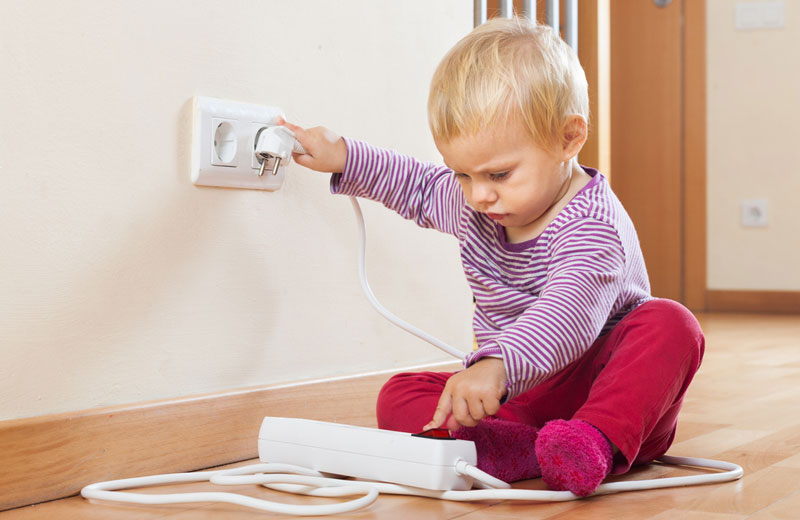When you have a baby in the house, there are several safety considerations to consider, including electrical outlets. Electronics are a big part of our lives, but most of them aren’t designed with children’s safety in mind. Though you won’t be able to avoid using electrical plugs and receptacles in your house, you can take the essential precautions to make them as safe as possible for your family.
Electric sockets
Electricity may cause deadly electric shocks, burns, or the beginnings of a fire. As a result, safety precautions must be maintained. Working directly with electrical wire should only be done by fully trained persons (or those under their supervision in training). Homeowners should be aware of the location of their fuse box or circuit breakers. It’s not a good idea to overload the wire with more appliances than it’s rated for.
You may purchase socket testers or Socket Cover to ensure that the polarity and power to a socket are correct. When a socket continually blows a fuse or trips the circuit breaker, it may indicate that something is amiss. It’s possible that it’s overloaded or that there’s a wiring issue.
Importance of baby proof outlets
Babies enjoy plugging things into electrical sockets. When they observe you plugging something in, they want to do so as well. For a newborn, an outlet becomes a new toy, but this is quite dangerous. Children frequently poke electrical outlets with keys, paper clips, knives, hairpins, and jewellery, to name a few examples. If your child puts something in an outlet, they are putting themselves in danger of receiving an electric shock.
Around 2,400 youngsters are treated each year for shocks and burns caused by messing with electrical outlets. Every day, roughly 7 children are affected. Even worse, roughly 12 children die each year as a result of these injuries. The importance of baby-proofing your electrical outlets cannot be overstated; it may save your child’s life.
How to baby proof your electrical sockets
Though the ideal kind of baby-proofing is parental monitoring, there are various techniques to assure your baby’s safety near gadgets. However, you must first know the type of receptacles you have.
Behind the outlet cover are receptacles. Electrical cables are screwed into these devices. The slots in normal receptacles are open holes, making them particularly appealing to a small child to play with. Tamper-resistant receptacles have spring-loaded shutters on their receptacles that must be forced open at the same time. This is an apparent benefit, thus the first step in baby-proofing your outlets is to get tamper-resistant receptacles.
Why do I need baby safety gates?
Baby gates can be used at doors and at the top and bottom of stairs. The gates will keep your child out of the kitchen and bathroom. They can also keep your child from tumbling down the stairs or falling while ascending them. Your baby’s toes should not be able to fit through the mesh or holes in the gate in order to climb it. Hands-free or one-handed operation is now possible with gates. There are gates that include vertical bars instead of horizontal bars, which reduce the odds of your infant climbing the gate, visit now for more queries.

